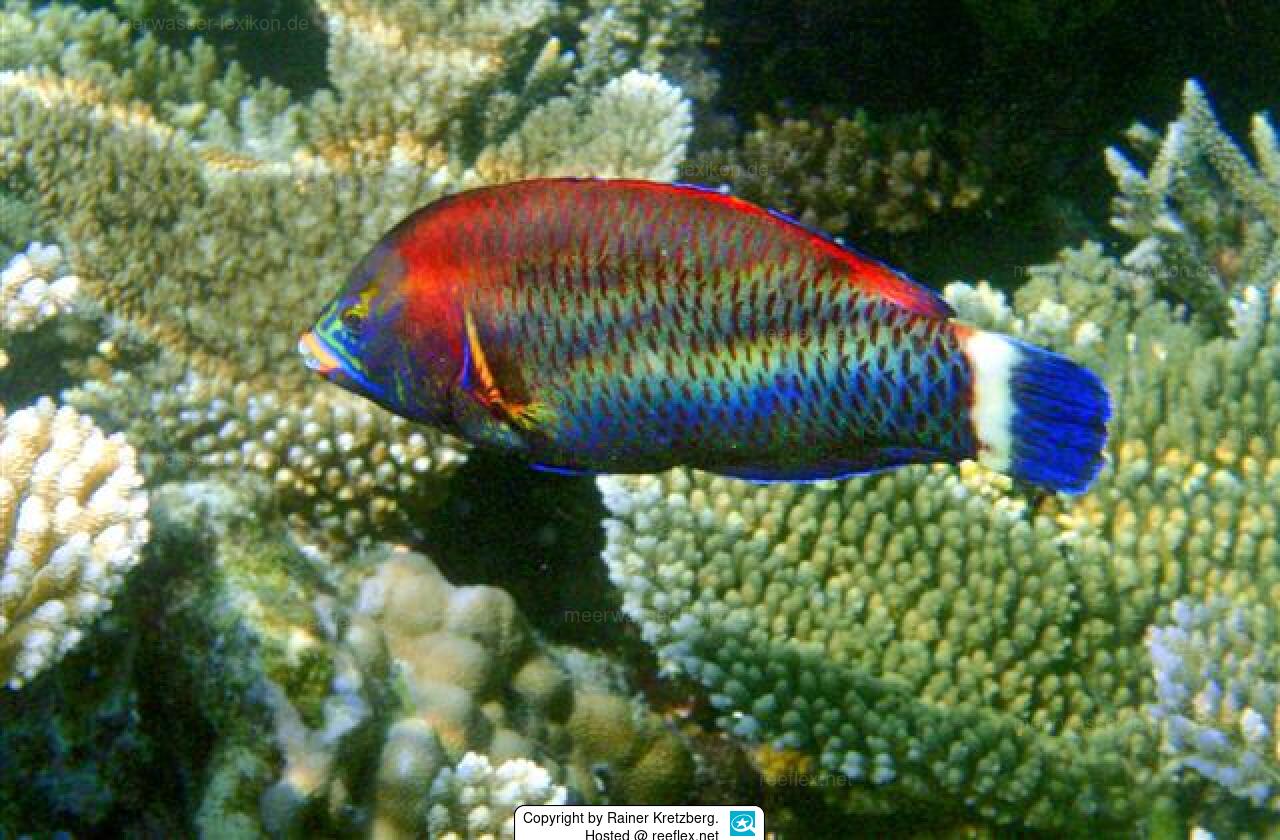Info
Pseudodax moluccanus (Valenciennes, 1840)
Rare to find in the market.Needs a big tank as he swims very much and becomes a length of about 25cm
Jumping guard
A jumping guard prevents (nocturnal) fish from jumping out.
Wrasses, blennies, hawkfishs and gobies jump out of an unprotected tank in fright if their night rest is disturbed, unfortunately these jumpers are found dried up in the morning on carpets, glass edges or later behind the tank.
https://www.korallenriff.de/en/article/1925_5_Jump_Protection_Solutions_for_Fish_in_the_Aquarium__5_Net_Covers.html
A small night light also helps, as it provides the fish with a means of orientation in the dark!
Synonymised names
Odax moluccanus Valenciennes, 1840 · unaccepted
Pseudodax mollucanus (Valenciennes, 1840) · unaccepted (misspelling)
Pseudodax molluccanus (Valenciennes, 1840) · unaccepted (misspelling)
Pseudodax molucanus (Valenciennes, 1840) · unaccepted (misspelling)
Pseudodax moluccans (Valenciennes, 1840) · unaccepted (misspelling)
Rare to find in the market.Needs a big tank as he swims very much and becomes a length of about 25cm
Jumping guard
A jumping guard prevents (nocturnal) fish from jumping out.
Wrasses, blennies, hawkfishs and gobies jump out of an unprotected tank in fright if their night rest is disturbed, unfortunately these jumpers are found dried up in the morning on carpets, glass edges or later behind the tank.
https://www.korallenriff.de/en/article/1925_5_Jump_Protection_Solutions_for_Fish_in_the_Aquarium__5_Net_Covers.html
A small night light also helps, as it provides the fish with a means of orientation in the dark!
Synonymised names
Odax moluccanus Valenciennes, 1840 · unaccepted
Pseudodax mollucanus (Valenciennes, 1840) · unaccepted (misspelling)
Pseudodax molluccanus (Valenciennes, 1840) · unaccepted (misspelling)
Pseudodax molucanus (Valenciennes, 1840) · unaccepted (misspelling)
Pseudodax moluccans (Valenciennes, 1840) · unaccepted (misspelling)







 Rainer Kretzberg, Deutschland
Rainer Kretzberg, Deutschland
















